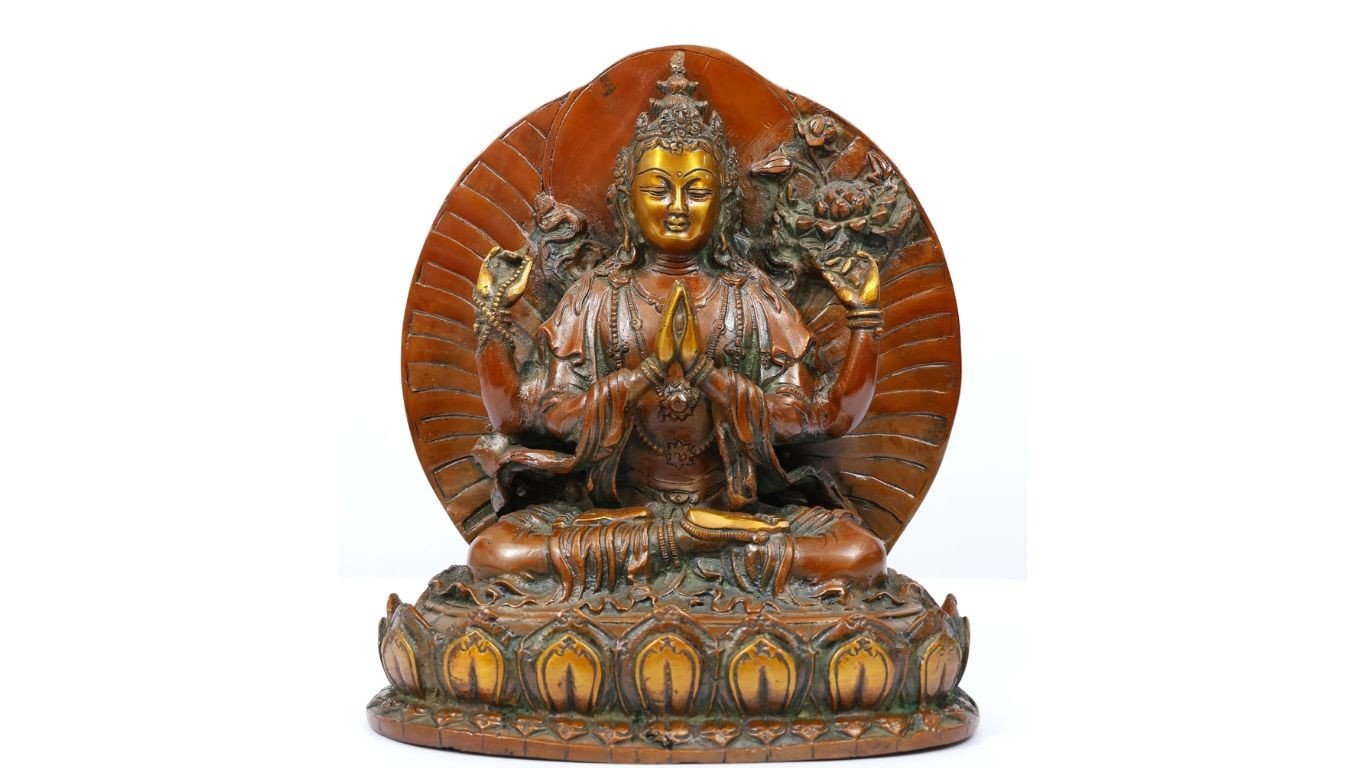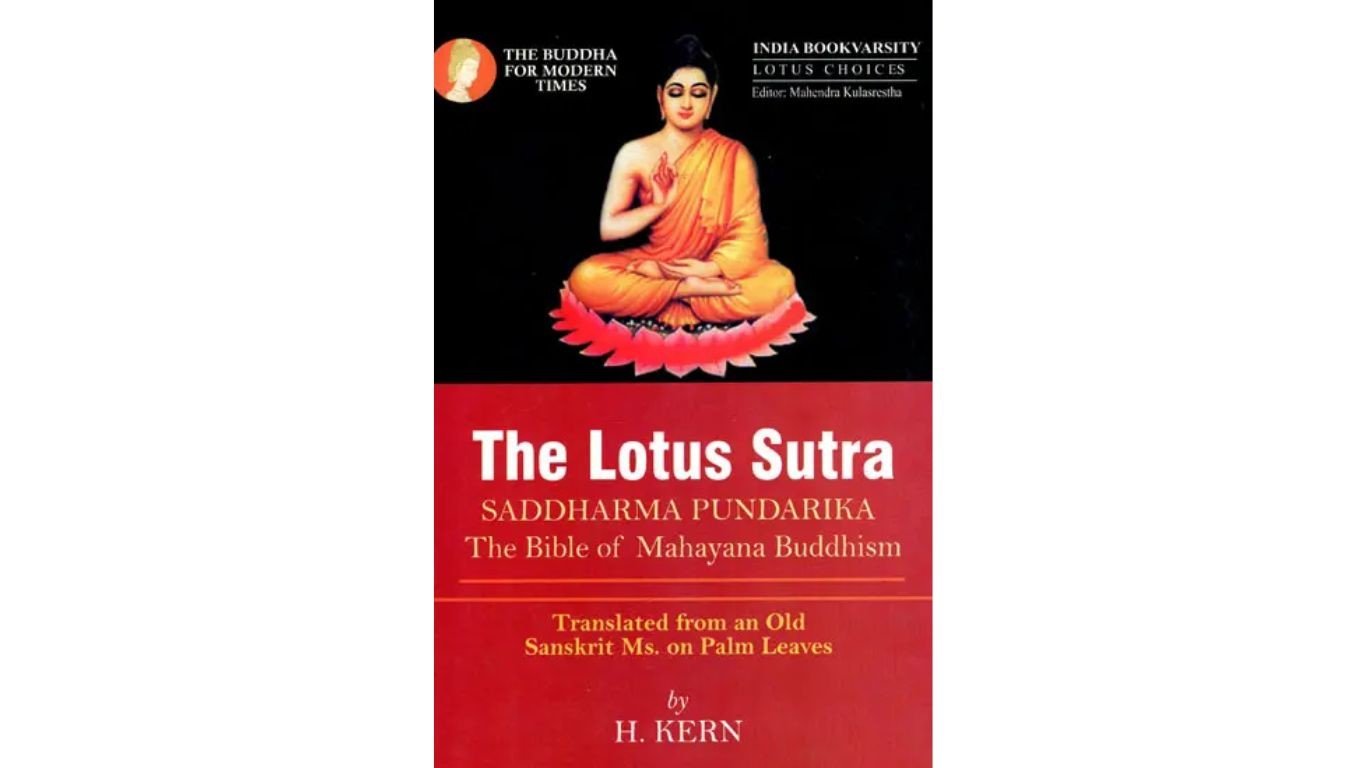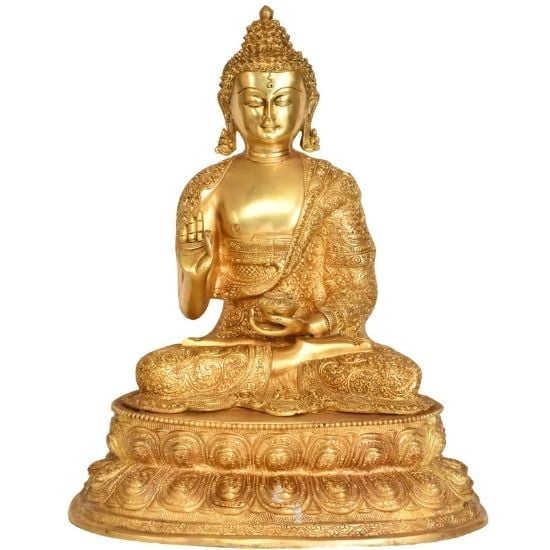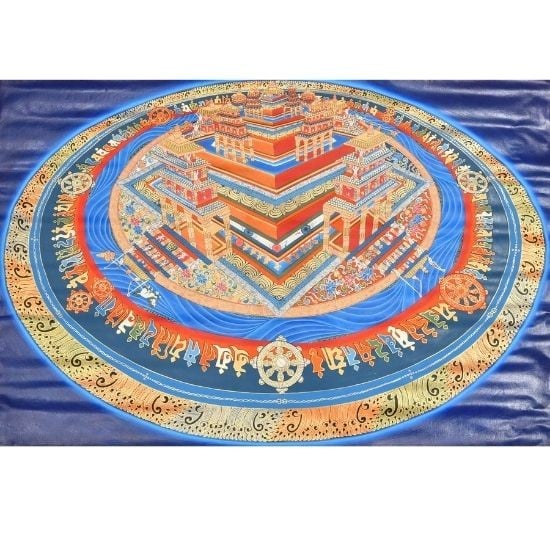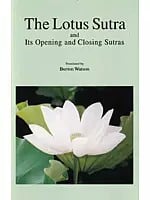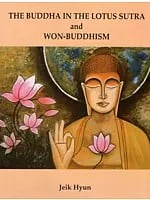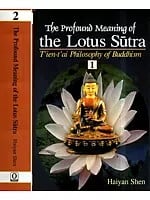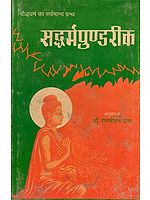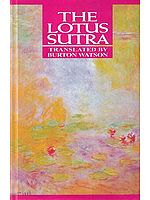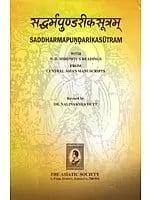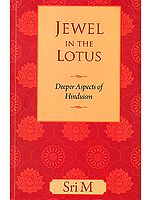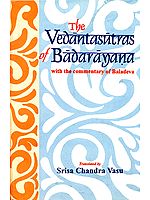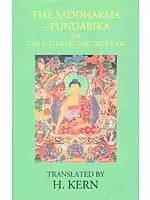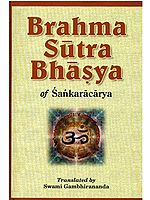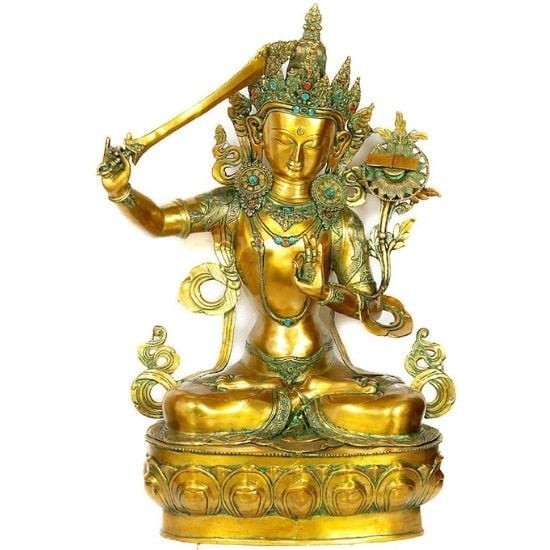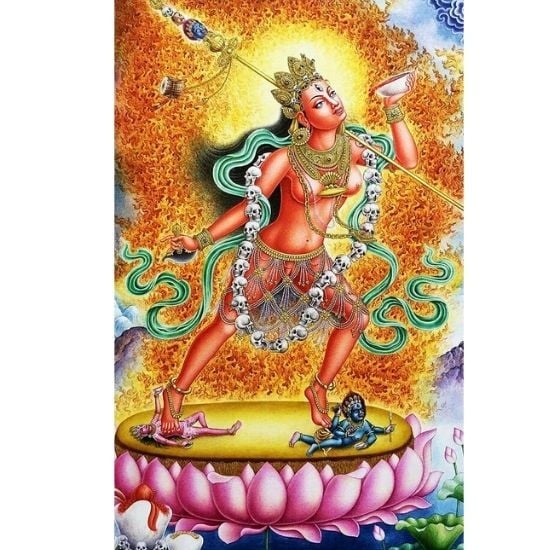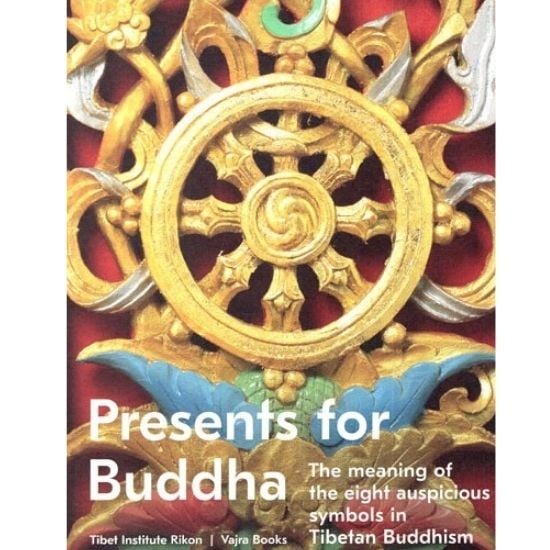"The Lotus Sutra is the king of sutras, true and correct in both word and principle. Its words are the ultimate reality, and this reality is the Mystic Law (myoho). It is called the Mystic Law because it reveals the principle of the mutually inclusive relationship between a single moment of life and all phenomena. That is why this sutra is the wisdom of all Buddhas." On Attaining Buddhahood in This Lifetime (WND 1, p3) - Nichiren Daishonin
The Lotus Sutra (Saddharma Pundarika Sutra) is one of the most celebrated and influential texts in Mahayana Buddhism worldwide. Also widely known as the “King of Sutras,” it is considered a definitive guide to understanding enlightenment. With its rich metaphors, universal messages, and profound teachings, the Lotus Sutra has inspired countless practitioners and scholars across centuries.
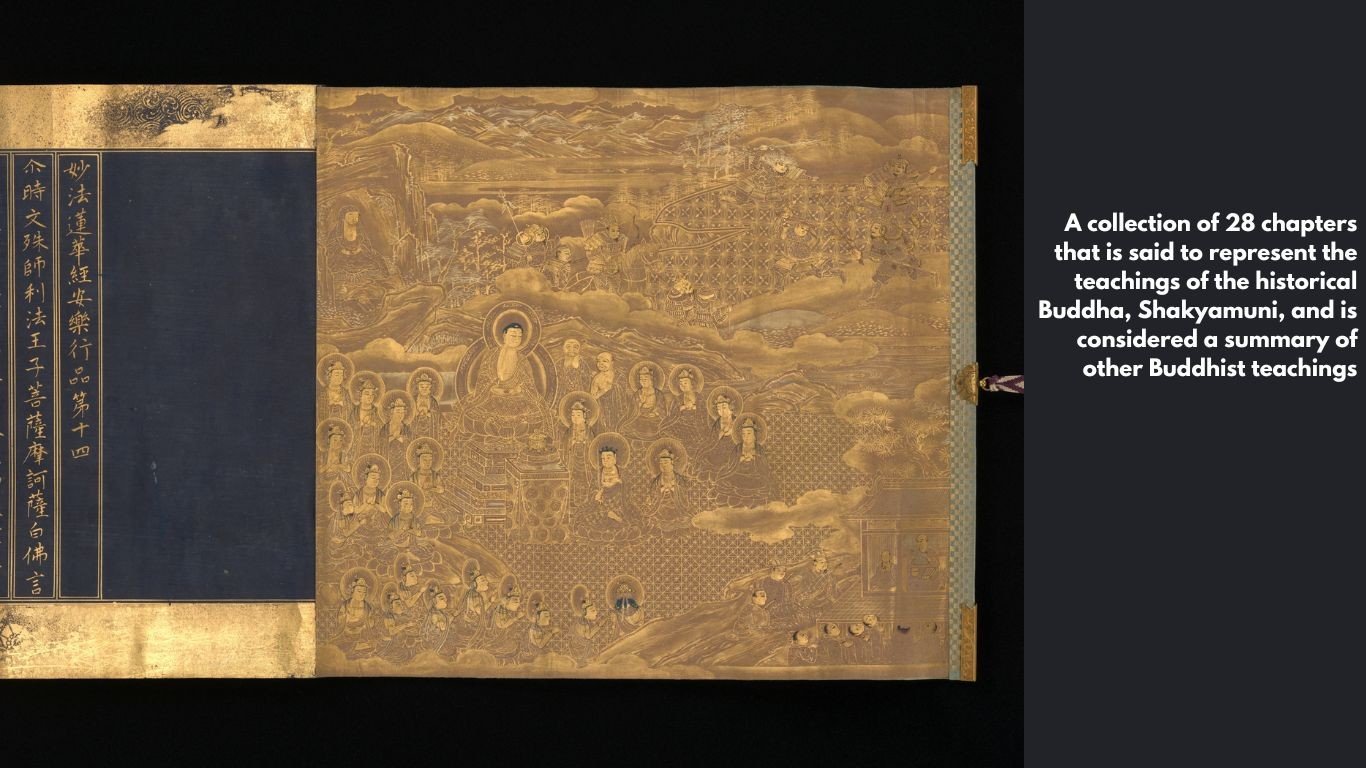
Origins of Lotus Sutra
The Lotus Sutra appears to have been written down during the first and second century CE, however, its oral tradition may have been before that time. During this period, Mahayana Buddhism was starting to take root in India. Unlike earlier Theravada Buddhist teachings that concentrated on individual enlightenment, Mahayana emphasizes universal salvation and the concept of the bodhisattva--an enlightened being who remains in the cycle of reincarnation to assist others in achieving liberation.

According to scholars, the Lotus Sutra was first created in India before spreading to other countries of Asia, including China, Japan, and Korea. The monk Kumarajiva translated it into different languages, notably Chinese, in the fifth century CE. His translation is recognized as clear and elegant, and it has become the standard form in many East Asian Buddhist schools.
The one vehicle (Ekayana): The Lotus Sutra unifies the various paths (Sharavaka, Pratyekbuddha, and Bodhisattva) into a single “One vehicle,” teaching that all lead to the ultimate goal of Buddhahood. This inclusivity is the cornerstone of its philosophy.
The Eternal Buddha: The Lotus Sutra introduced the concept of the Buddha as an eternal, omnipresent being who transcends physical life and death. It teaches the historical Buddha, Shakyamuni Buddha-nature.
Skilled means (Upaya): The sutra talks about the perfection of wisdom. The Buddha uses ‘Upaya’ that is, a Buddhist council man with skill in means to instruct his disciples depending on the nature of their understanding and the circumstances prevailing at large. This doctrine supplements the idea of the flexibility and benevolence of the Buddha’s teaching.
Parables and metaphors: As proven in the text, they then strive to convey certain ideas in simple parable forms consisting of a burned house and a phantom city to the populace.
Key Sections from the Lotus Sutra
The Lotus Sutra is divided into 28 chapters, with several notable sections:
The Parable of the Burning House (Chapter 3)
The Buddha narrates the story of a wealthy man whose large house is engulfed in flames. Inside the house, his children are playing, unaware of the danger surrounding them. Despite the threat of their father’s urgent pleas to leave, the children are too absorbed in their games to pay attention or understand the severity of the situation.
The father, realizing that his direct warnings are ineffective, devises a clever solution. He promises his children various toys and carts (goat carts, deer carts, and ox carts)outside the house to be enticed by the promise, and run outside to safety. Once they are safe, the father gives them a magnificent cart drawn by a white ox, far better than the toys he initially mentioned.
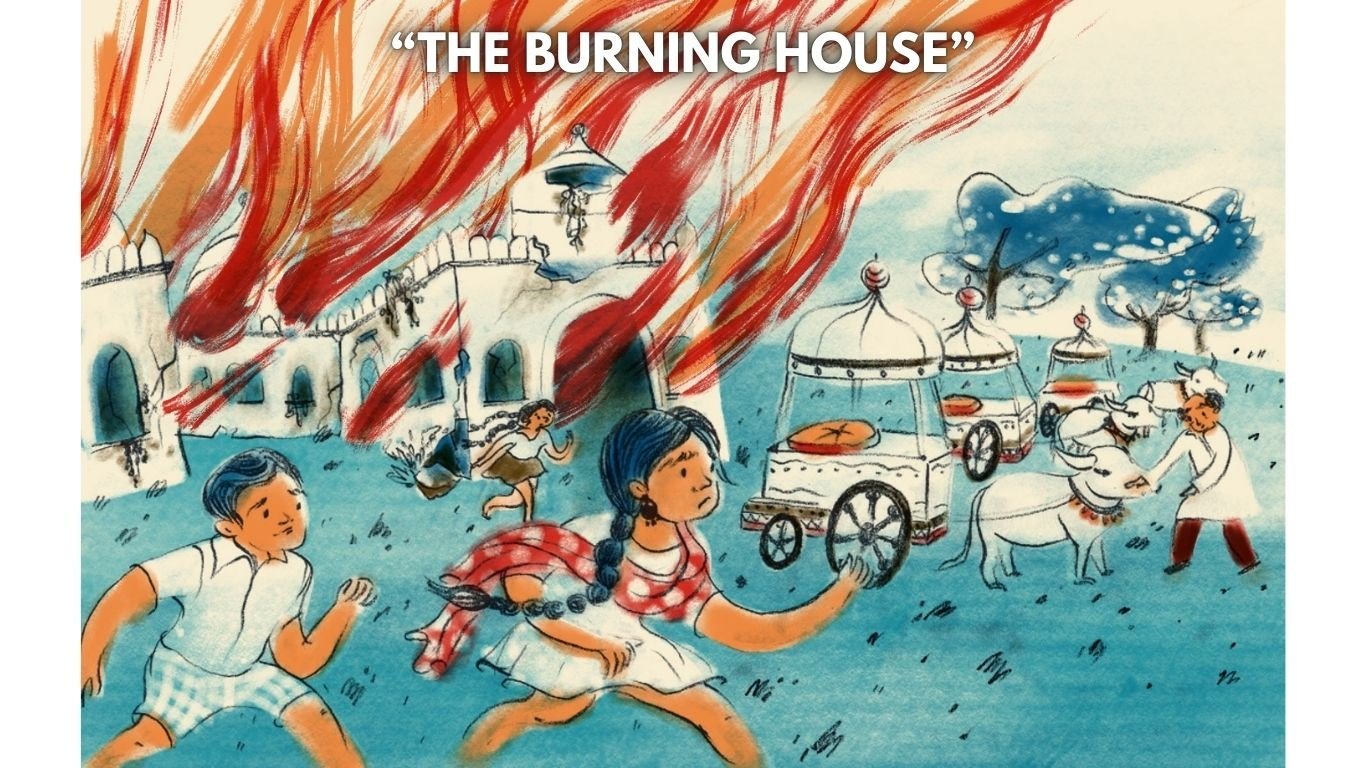
The symbolism behind “The Burning House”
This story symbolizes the world of suffering (Samsara), consumed by desires, attachments, and ignorance.
The children: represent sentient beings who are unaware of the dangers of samsaric existence and remain trapped by worldly distractions.
The father: represents the Buddha, who is deeply compassionate and uses creative methods to guide beings to safety.
The Toys and Carts: represent the provisional teachings (the Three Vehicles: Shravaka, Pratyekabuddha, and Boddhisattva paths) offered to motivate beings based on their capacities and inclinations.
The Great White Ox Cart: represents the ultimate teaching of the one-vehicle (Ekayana), which unifies all paths and leads directly to Buddhahood. It signifies the Buddha’s true intention: to lead all beings to the supreme state of enlightenment.
The Appearance of the Stupa (Chapter 11)
The eleventh chapter of the Lotus Sutra, titled The Emergence of the Jeweled Stupa, is a dramatic and symbolic narrative that underscores the eternal and universal nature of the Buddha’s teachings. It introduces the Jeweled Stupa and the Buddha Many Treasures (Prabhutaratna), emphasizing the interconnectedness of all Buddhas and the power of the Lotus Sutra.
The Appearance of the Jeweled Stupa
In this chapter, a magnificent and enormous stupa made of seven precious materials (gold, silver, lapis lazuli, crystal, agate, pearl, and ruby) emerges from the earth. The stupa floats in midair, radiating light and filling the assembly with awe. Inside the stupa, the Buddha Many Treasures is seated, affirming the truth of the teachings being expounded by Shakyamuni Buddha.
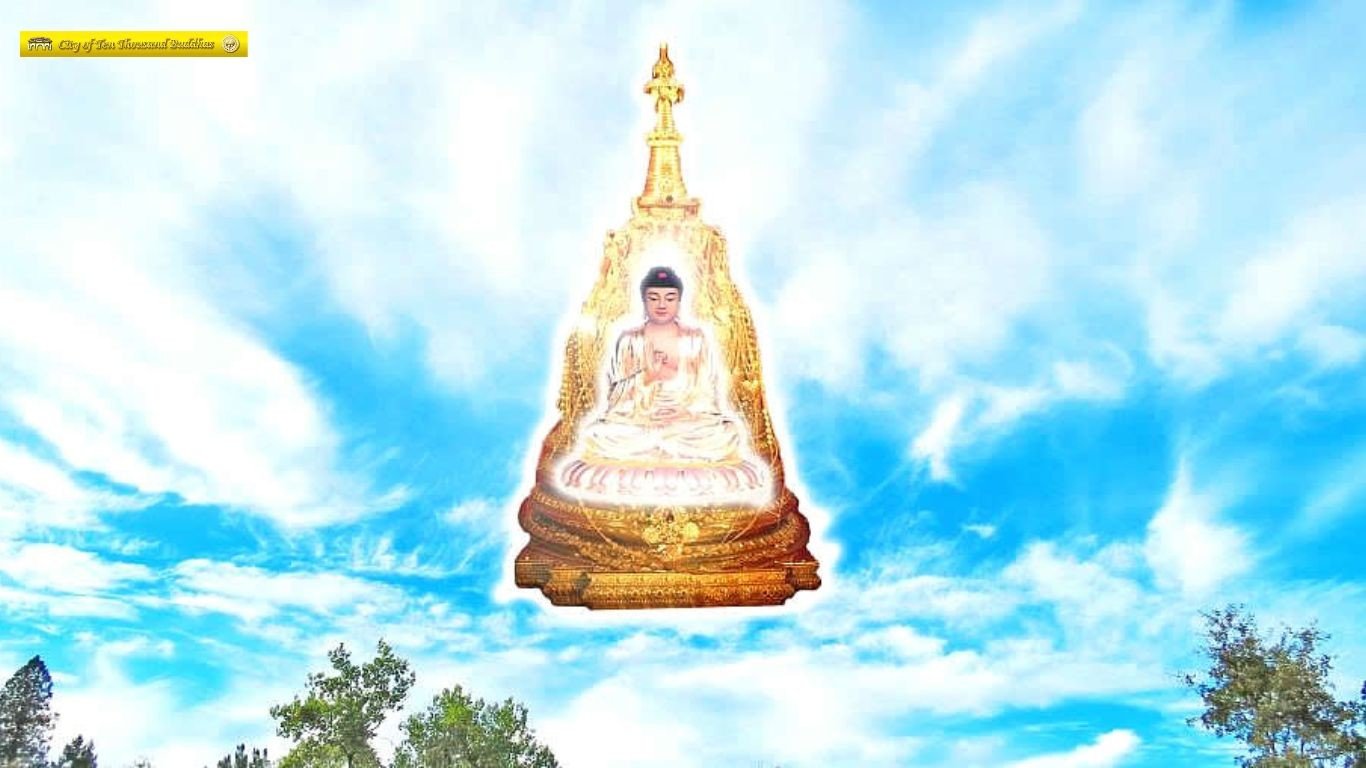
Key Elements of the Stupa:
1. The Stupa’s Form: Its grandeur symbolizes the incomparable value of the Dharma.
2. Buddha's Many Treasures: Represents the eternal and universal nature of the Buddha’s wisdom. He appears specifically to vouch for the Lotus Sutra as the ultimate teaching.
3. Floating in Midair: This signifies the transcendent nature of the Dharma, which rises above worldly concerns.
The Bodhisattva Never Disparaging (Chapter 20)
The Bodhisattva Never Disparaging, presents the story of a remarkable bodhisattva who embodied profound humility, respect, and unwavering faith in the Buddha-nature inherent in all beings. This chapter teaches the transformative power of reverence, perseverance, and faith in the Dharma.
The Story of the Bodhisattva Never Disparaging
The Buddha narrates the tale of a past life in which he was a bodhisattva named Never Disparaging (Sadāparibhūta). Unlike other bodhisattvas who focused on studying or teaching the Dharma, Never Disparaging practiced by showing profound respect to everyone he met.
1. His Practice
When encountering people, the Bodhisattva Never Disparaging would bow deeply and say,
“I deeply respect you. I would never dare to disparage you, for you are all practicing the path and will become Buddhas.”
This declaration of respect was rooted in his faith in the universal potential for enlightenment (Buddha-nature) within all beings.
2. Opposition and Ridicule
Despite his sincerity, many people ridiculed, insulted, and even attacked him with stones or sticks. However, he never retaliated. Instead, he would move away while continuing to bow and repeat his words of respect.
3. The Fruits of His Effort
Over time, many of those who opposed him were inspired by his persistence and began to respect and follow the Dharma.
Through his practice of reverence, Never Disparaging planted the seeds of enlightenment in those he encountered, eventually leading them to liberation.
Symbolism and Lessons
Faith in Universal Buddha-Nature: Never Disparaging exemplifies the belief that every being has the potential to attain Buddhahood, no matter their current state.
Compassionate Perseverance: His refusal to retaliate against criticism and attacks reflects the strength of compassion and nonviolence in the face of adversity.
Planting Seeds of Enlightenment: By showing respect and faith in others, Never Disparaging inspired them to walk the path of the Dharma, demonstrating how small acts of kindness can create profound spiritual impacts over time.
Influence and Legacy
The Lotus Sutra has had a profound impact on Buddhist philosophy, art, and culture. In East Asia, it inspired temple architecture, mandalas, and devotional practices. Nichiren Buddhism, founded in 13th-century Japan, regards the sutra as its central scripture, with the chanting of its title (Nam-myoho-renge-kyo) as a core practice. Its teachings on equality, compassion, and the boundless potential for enlightenment resonate deeply in contemporary spiritual discourse. The Lotus Sutra reminds us of the transformative power of faith, perseverance, and a belief in the inherent goodness of all life.
The Lotus Sutra - Saddharma Pundarika (The Bible of Mahayana Buddhism) (Translated From An Old Sanskrit Ms. on Palm Leaves)
Conclusion
The primary teachings of Lotus Sutra were mainly based on the doctrine of One Vehicle (Ekayana). Although the Buddha may show different paths (Sravaka, Pratyekabuddha, Bodhisattva) these are Upayas or skillful means to the ultimate goal of attaining Buddhahood. According to the Lotus Sutra, the Buddha is not only a limited figure of the single life span but existence as well. In the teaching of Buddha who is Eternal Buddha, the Buddha Said that He has been in the world teaching and leading beings to the path for years that cannot be counted and he will continue to do so.
The Buddha did not give a one-prescription-fits-for-all kind of teaching. The book also points out that the Buddha employs parables and other strategies to tailor his teachings to the abilities and requirements of various beings are skillful means to help people become enlightened. The Lotus Sutra, of course, great consideration to a group of Boddhisattvas or beings who are committed to the salvation of others. Kennon and Samntabhadra also illustrate the Bodhisattvas’ compassion and wisdom and the principle of voluntariosity.


